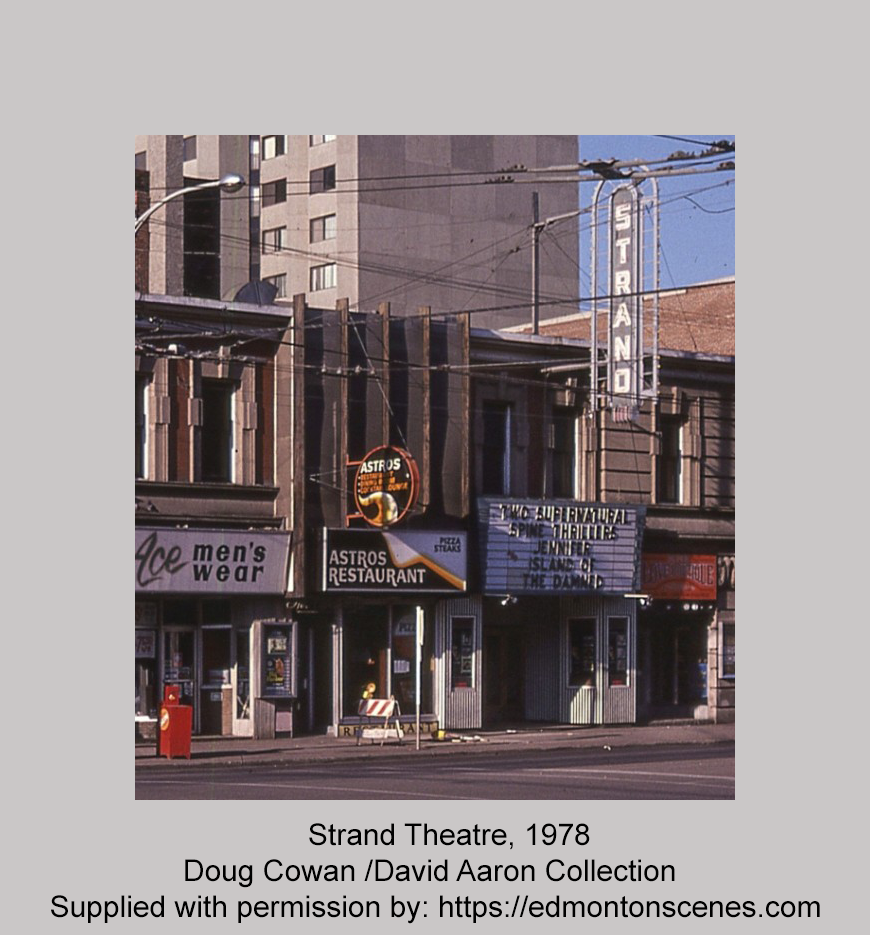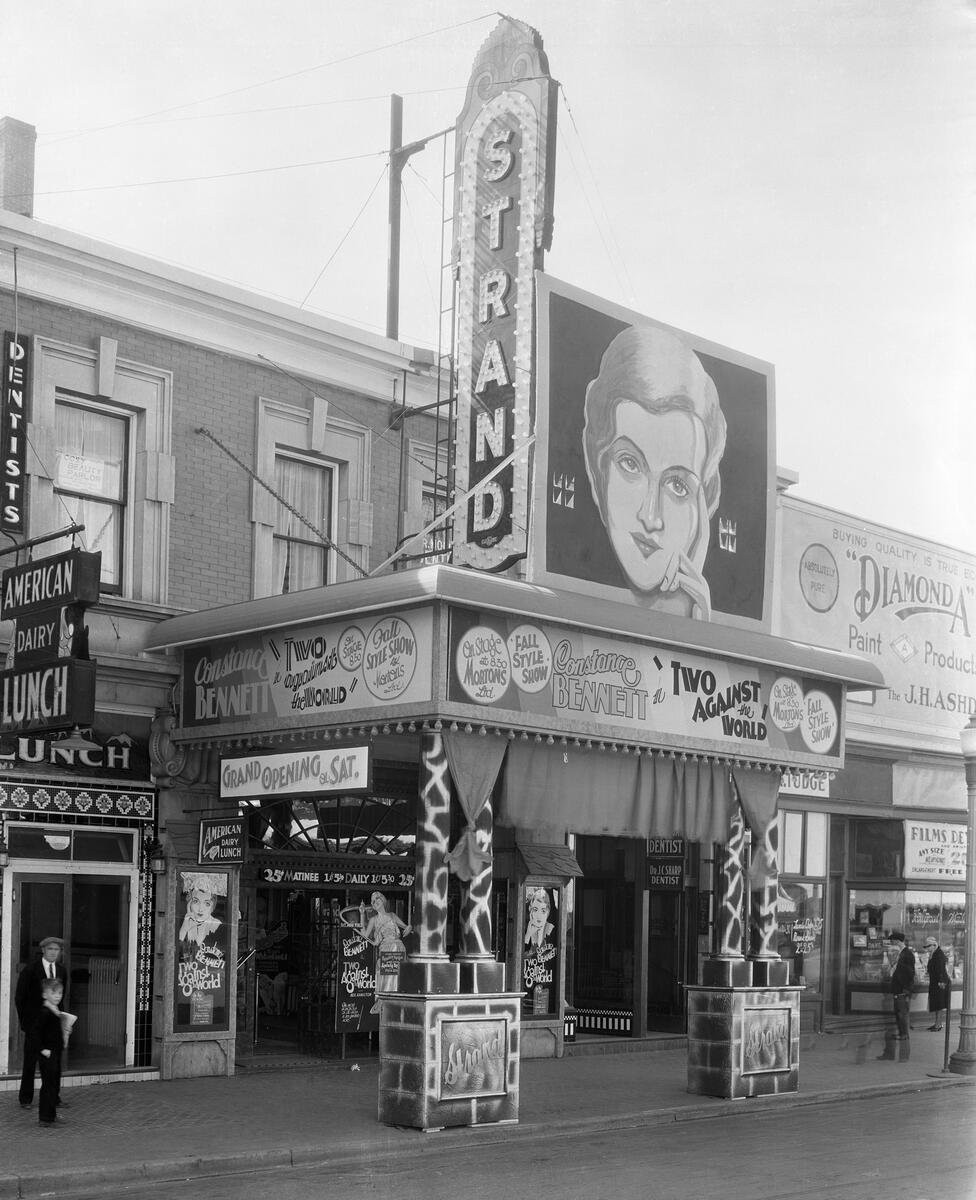CLICK HERE to continue reading full text on this page or download below
On her way to Yukon, Kate was refused entry by the North-West Mounted Police, who attempted to regulate a lawless frontier, control the traffic of liquor, and keep out any undesirable miners or unwanted visitors such as those who would “mine the miners,” which often included thieves, gamblers, murderers, and “ladies of ultimate accessibility.” Undeterred by the rules or the famous Yukon rapids, Kate disguised herself as a man and jumped on the men’s-only scow’s deck and made her way to Dawson City.













